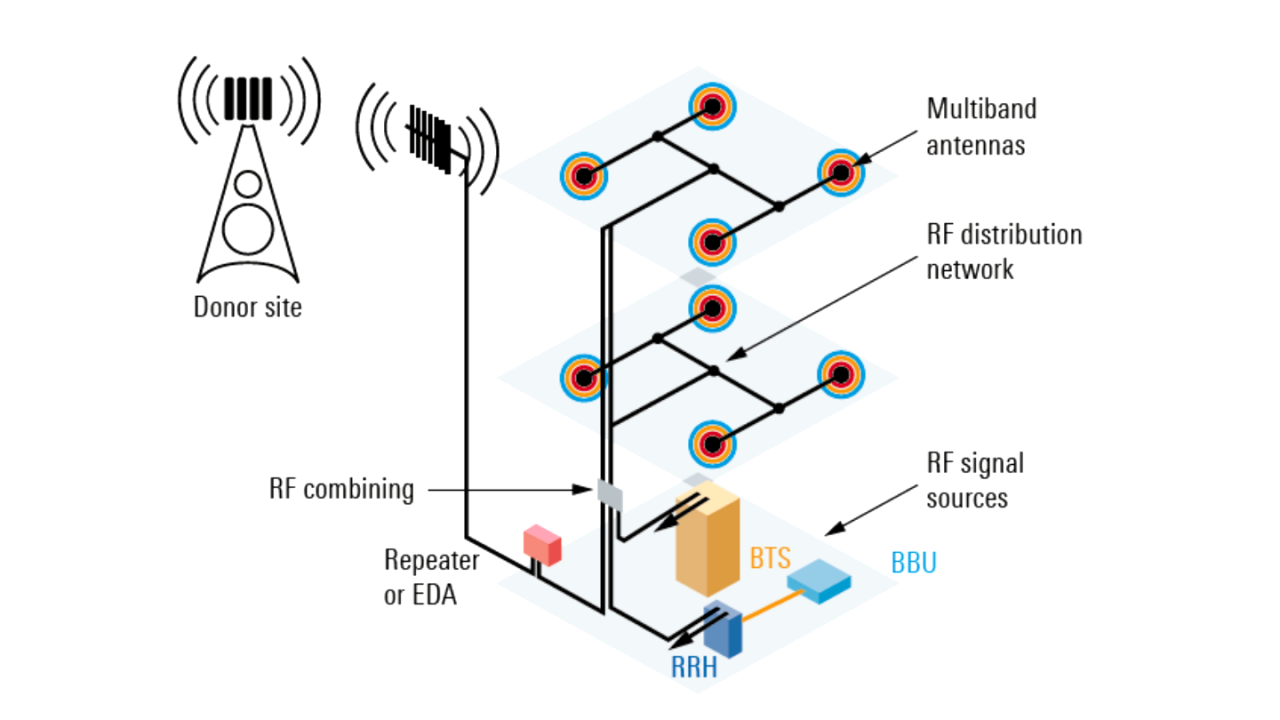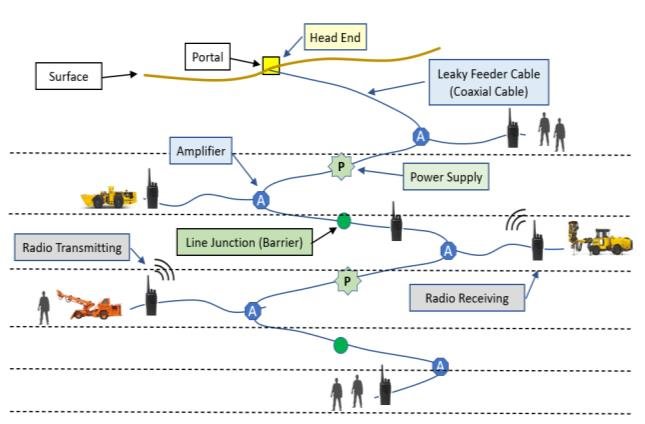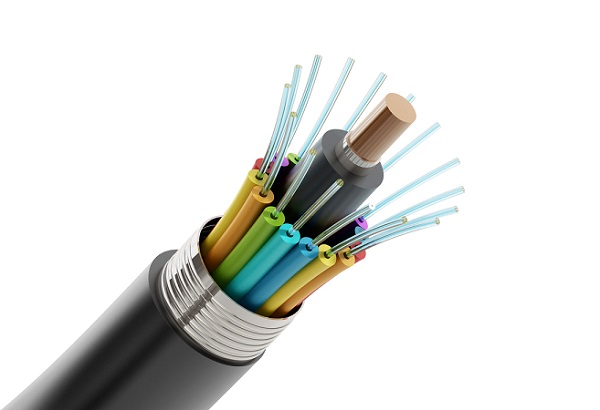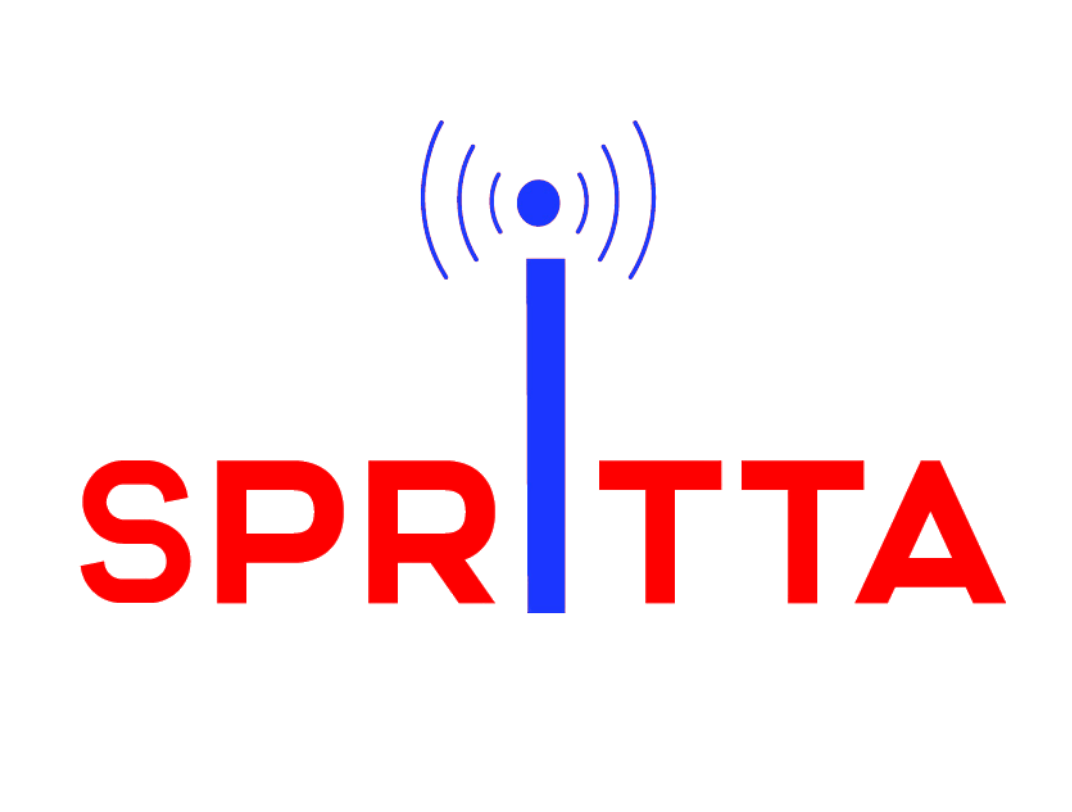
Passive Distributed Antenna Systems (DAS)
Distributed Antenna System (DAS), is a clustered installation of antennas to strengthen the cellular network coverage in areas with poor signal. DAS systems are generally used for two main applications, that is, providing coverage and adding capacity. At Spritta Infra, we use the Passive DAS, which has components like coaxial cable, splitters, and diplexers to distribute signals. The following are the advantages of using passive DAS - Reduced costsLess need for carrier approval and coordinationQuick deployment
Leaky Feeder System
A leaky feeder system, also known as extended antennas, offers clear two-way radio communication and high-speed data transfer throughout your underground complex Leaky feeder systems are typically used in places where the actual structure makes RF communication difficult. Spritta Infra’s leaky feeder system can be customized as per the specific site requirements so as to provide the best radio coverage and data communications. The following are the benefits of having Spritta Infra’s leaky feeder system-Reliable and robust solution for voice and dataHigh-speed data connectivityLocal and remote diagnosticsCentralized control


Fibre Optic Solution
The key goal of Spritta Infra is to solve customer problems and offer complete solutions. Our team of experienced engineers are capable of solving and developing fibre optic systems solutions for your applications, whether the application calls for high-precision fibre interconnect or complex optical switching designs
Technology Used
HPSC - Small cellular base stations to encompass no. of technologies. This helps increase network coverage/ network capacity.IBS- In-Building Solutions enhances the mobile signal network in particularly sites like commercial complexes and Hospitals, Metros, AirportFTTH - FTTH includes fibre-optic access solutions designed for residential & Commercial complexes, where fibre is directly connected to individualIoT - The Internet of Things (IoT) describes the network of physical objects—“things”—that are embedded with sensors, software, and other technologies for the purpose of connecting and exchanging data with other devices and systems over the internet
